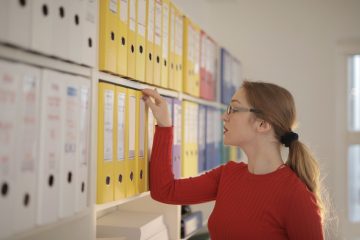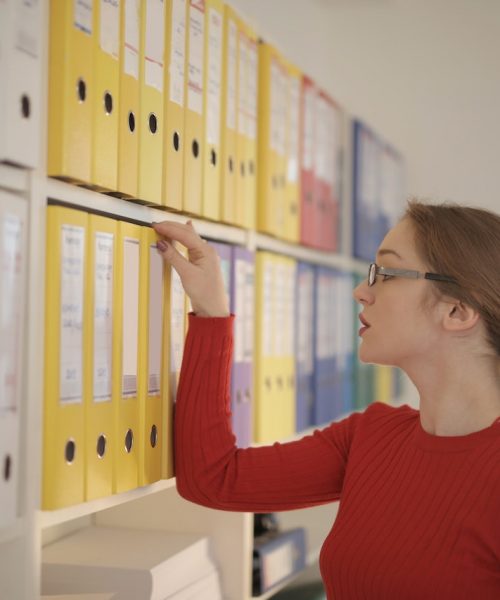If you’re a sole proprietor, you might be wondering how to pay less taxes. The CRA is reminding self-employed Canadians to file their taxes in quarterly installments. The good news is that you can deduct business expenses as an expense item. There are also ways for you to deduct business losses from your income.
CRA offers COVID incentives for self-employed taxpayers
The CRA is extending its COVID incentive program to self-employed taxpayers, which was introduced in 2015. During this time, self-employed taxpayers can claim $2 per day they work from home during a four-week period. For the year 2021, these incentives will continue to be available. However, there will be limitations. In 2021, self-employed taxpayers can claim only 50% of their scheduled time. To qualify for these benefits, self-employed taxpayers must use Form T777S, which calculates the allowable expenses for a home office.
CRA reminds self-employed Canadians to file tax returns in quarterly installments
In Canada, self-employed people who make over $30000 in revenue from worldwide taxable supplies must register for GST/HST. These individuals must keep detailed records that support their income and expense claims and deductions. These records must be original documents, if possible.
Self-employed Canadians often need to pay tax in installments. These payments typically cover the tax due by April 30 of the following year. The installment amount depends on the amount of taxable income you have throughout the year. Although most people have some tax withheld throughout the year, some may not have enough money to cover the full year’s tax.
Self-employed individuals may find themselves in a situation where they can’t meet the deadline. For these instances, they should use the BizApp app from the Canada Revenue Agency. The app will help them track tax deadlines for each of their accounts. If they generate more than PS85,000 per year, they may also need to pay Value Added Tax (VAT) each quarter. The deadline for the payment of VAT is one month and seven days after the accounting period ends. For example, if the accounting period ends on March 31, then the VAT payment deadline is May 7. For self-assessment filing, the deadline for filing paper tax returns is October 31; for online filing, January 31 is the deadline. In addition to filing tax returns quarterly, self-employed Canadians also have to pay their income tax in installments.
CRA offers tax deductions for business expenses
As a sole proprietor in Canada, you may qualify for tax deductions that are available to you. You can deduct expenses that are related to running your business. These expenses can include the cost of goods sold, commissions, fees, GST/HST collected, opening inventory, and wages paid or subcontracted work. These expenses must be deducted from your business income.
It is important to keep all receipts for your business expenses. You should keep them for at least six years and organize them by month. You can also scan and submit your receipts electronically. For more convenience, you should also keep track of your expenses through a credit-card statement. This way, you can download your receipts from the statement every month.
Besides office expenses, you can also claim your vehicle expenses. Your mileage is deductible as long as you have business purposes and maintain an accurate logbook. Other expenses you can claim include office supplies and inventory. In addition, you can claim your cell phone costs as well.
Sole proprietors can deduct losses from income
As a sole proprietor, you can deduct business expenses from your taxable income to reduce your tax liability. However, it is important to keep accurate records of your business expenses. This is because incorrect recordkeeping will distort your profit calculation. As a result, you may pay too much or too little in taxes.
Moreover, businesses generate taxable losses, which can be deducted from income. However, the amount of deductible losses is restricted by law. For example, a sole proprietor can only deduct 20% of the net business income, whereas a partnership or S corporation can deduct 50%.
In addition to deducting losses from income, a sole proprietor can also take losses as deductions from net operating losses (NOLs). The losses are subtracted from the total income of the business, which reduces the amount of taxes owed in that year.
To maximize deductions for sole proprietors, use a professional accountant. He or she will be able to determine the amount of tax you owe based on the last year’s federal tax return. A sole proprietor can also choose to make one large payment or divide it into four smaller ones to pay off taxes over four years. The payments are due on the 15th of every quarter.
In most cases, a sole proprietor can deduct losses from income to pay less tax. If the loss reflects a net operating loss that exceeds the total income of the business, it can be carried forward and offset other sources of income. By using this method, a sole proprietor can reduce their tax burden by up to 20 years.
While it may seem complicated at first, taxes for a sole proprietorship are not as complex as they may seem. With the right research, you can master the subject as your business grows. However, if you are new to the field of taxation, it is a good idea to work with a business attorney who is familiar with the ins and outs of business taxation.
As a sole proprietor, you will be required to file two federal income tax forms: Form 1040 for personal income and Schedule C for the business. Form 1040 is an individual income tax return, while Schedule C is the business profit and loss report.





























